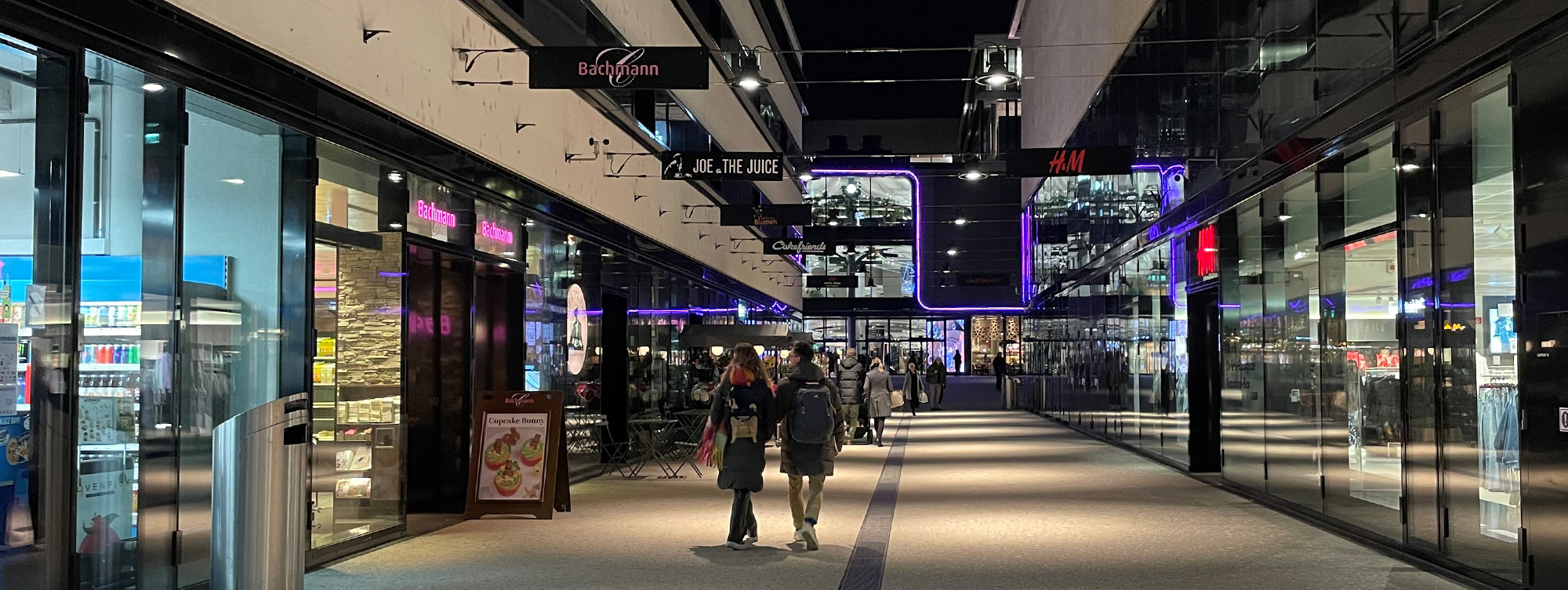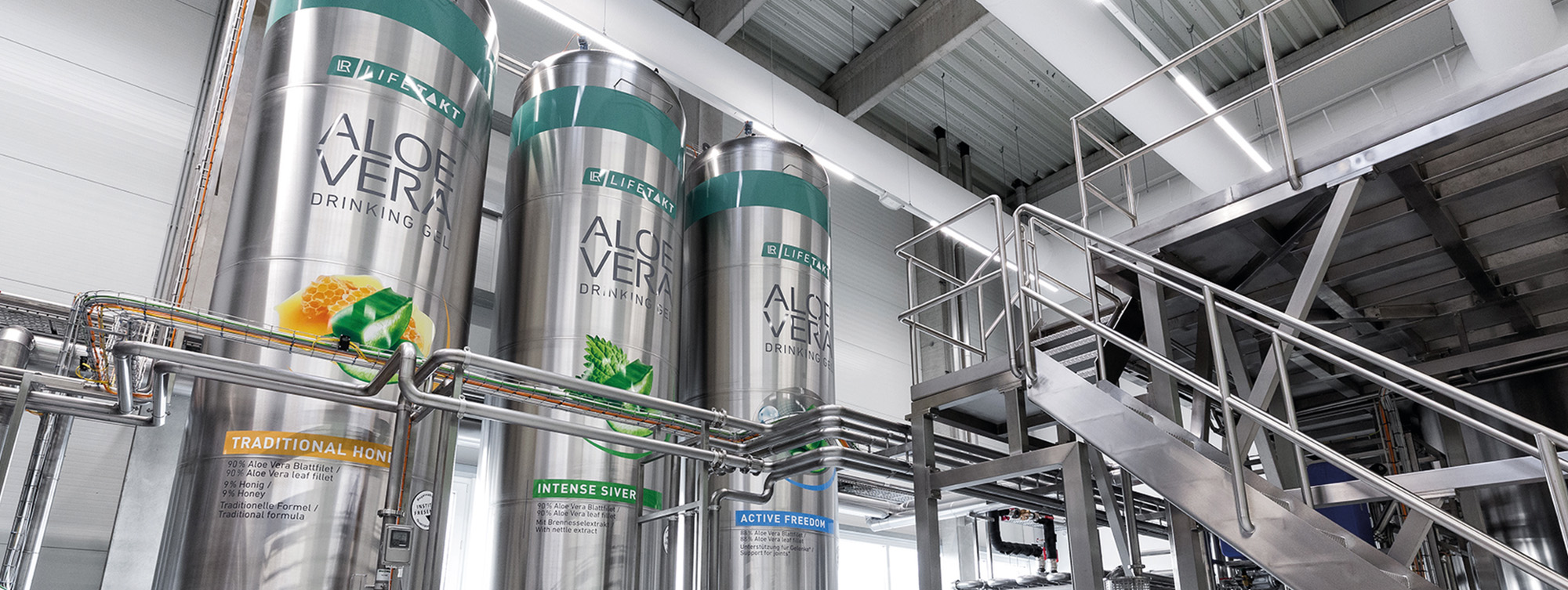Liquidity, currency
Switzerland is likely to grow faster than expected
The latest forecasts still assume that the Swiss franc will be particularly strong and see the Swiss economy being hit by a correspondingly strong slowdown. In contrast, we see political stability and the availability of a (highly) qualified workforce as outstanding features that should give the Swiss economy an additional boost compared to its European competitors. The attractiveness of Switzerland as a business location remains unbroken.
Read more Close
Switzerland’s real GDP is likely to show solid growth of +1.5% in the current year. There are no signs of an electricity and energy crisis or a demand-induced recession. Similar growth is also expected in 2025.
Part of this is certainly due to net immigration, but part is also due to the level of education and faster ICT adaptation than in neighboring countries. Employment growth amounted to +1.7% last year, which led to an overall increase in consumption of +2.1%.
It is also important to note that the strength of the Swiss franc enabled inflation to return to the target corridor as early as 2023. There is now no longer any threat of second-round effects – partly because the SNB is likely to reduce its key interest rate to the neutral level over the course of the next four meetings.
The Swiss monetary policy will ensure falling money market interest rates, a stable reference interest rate and therefore stable rents and falling interest expenses for Saron-based mortgage borrowers and thus increased disposable household income. All these factors contribute to a stronger GDP.
In the current year, the fact that global economic forecasts have been revised upwards will also have a positive impact. In addition, the franc lost some of its outstanding long-term strength in the first two months of 2024.
The euro gained +2.9% against the franc to 0.96. The dollar even strengthened by +5.1% to 0.88 thanks to significantly higher nominal interest rates and diminished fantasies of interest rate cuts. This directly improves the outlook for most Swiss companies, but especially for the labor-intensive export industry and the tourism sector.
The lower interest rates, which can already be used for advantageous conditions on the swap market, are supporting the construction industry. They are ensuring that the Swiss economy is returning to its growth path across a wide range of sectors.
However, the improved foreign trade environment also has a downside. Anyone wishing to hedge their foreign sales, income or investments in Swiss francs faces higher hedging costs. Hedging the dollar now costs Swiss franc investors 3.9% a year. The figure for the euro is 2.4%.
| Asset class | 3–6 months | 12–24 months | Analysis |
|---|---|---|---|
| Bank account |
|
|
Inflation expectations are declining. In addition, it can be expected that interest rates on money market investments will fall sharply over the course of 2024. |
| Euro / Swiss franc |
|
|
The euro is expected to continue to strengthen over the course of the year. This is advantageous for the majority of Swiss companies. |
| US dollar / Swiss franc |
|
|
The macroeconomic signals from the USA are difficult to interpret. However, corporate profits in the S&P 500 continue to rise. |
| Euro / US dollar |
|
|
The eurozone is facing a phase of accelerated structural change. However, Germany remains the world's third largest economy for the time being. |






